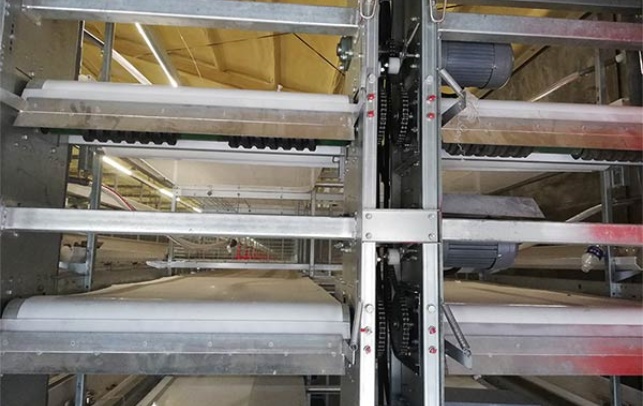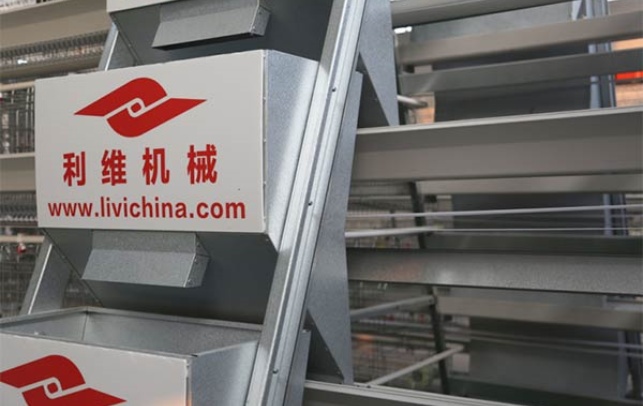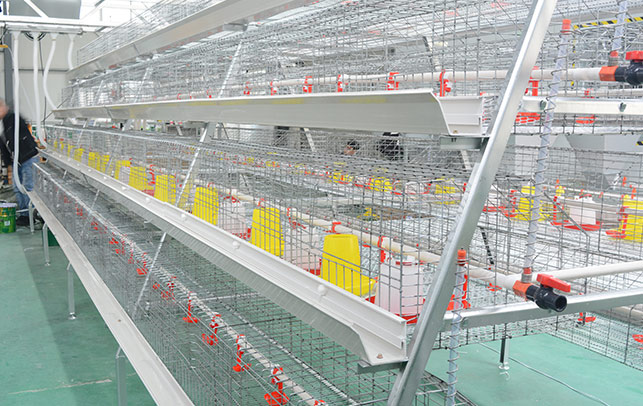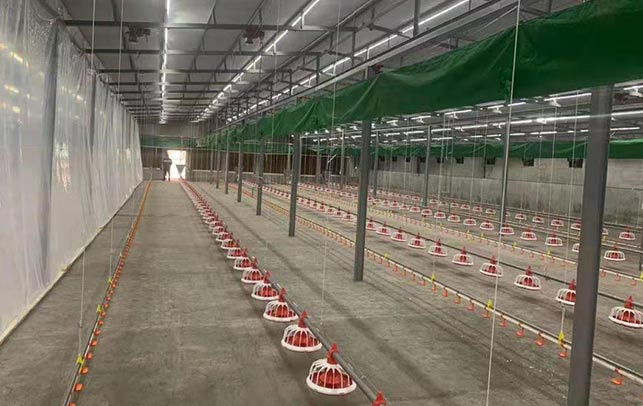Uganda Chicken Farm Automation Management Plan: A Practical Guide
Time : 2025-04-27
As the poultry industry in Uganda continues to grow, the need for efficient farm automation and management is becoming increasingly evident. This article aims to provide a comprehensive management plan for automating chicken farms in Uganda, focusing on practical strategies and solutions that can enhance productivity and profitability.
Introduction to Uganda Chicken Farm Automation
Uganda, known for its rich agricultural heritage, has seen a surge in poultry farming in recent years. However, traditional methods of farm management are often inefficient and prone to errors. Automation can bridge this gap, offering precision, consistency, and scalability.
Understanding the Management Plan
The automation management plan for Uganda chicken farms is designed to streamline operations, reduce costs, and improve the overall quality of produce. Here’s a breakdown of the key components:
1. Feeding Automation
Feeding is a critical aspect of chicken farming. Automation can involve installing automated feeders that dispense feed at set intervals, ensuring that the chickens receive the right amount of nutrition at the right time. This not only optimizes growth but also reduces the risk of over- or under-feeding.
Automated feeders can be set to dispense feed according to the chickens’ age and dietary needs. This ensures that the feed is delivered efficiently and prevents waste.
2. Water Supply Automation
Access to clean water is crucial for the health of the chickens. Automated water systems can ensure a constant supply of fresh water, reducing the risk of dehydration and improving overall health.
Automated water systems can be fitted with sensors to monitor water levels and automatically replenish when necessary, ensuring that the chickens always have access to clean water.
3. Environmental Control
Maintaining the right temperature, humidity, and air quality is essential for the well-being of chickens. Automation can involve using programmable thermostats, humidifiers, and fans to create an optimal environment.
Automated environmental control systems can adjust the farm’s climate to suit the chickens’ needs. This not only enhances their health but also improves egg production and growth rates.
4. Health Monitoring
Regular health checks are vital for detecting diseases early. Automation can include the use of sensors and cameras to monitor the chickens’ behavior and alert farmers to any signs of illness.
Automated health monitoring systems can track the chickens’ activity levels, weight, and other vital signs. This allows for early detection of diseases, minimizing their impact on the flock.
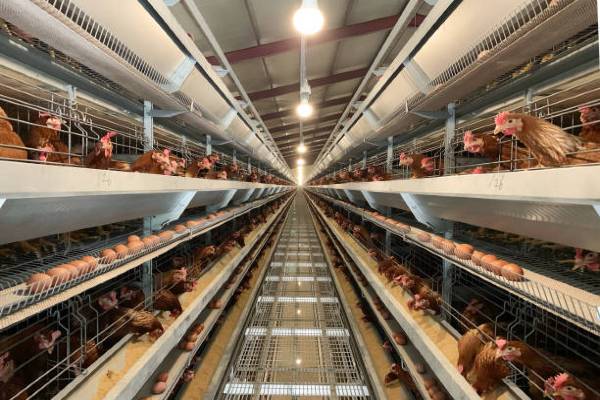
5. Egg Collection Automation
Manual egg collection is time-consuming and can lead to egg breakage. Automation can involve the use of automated egg collectors that gently remove eggs from the nesting boxes, reducing the risk of damage.
Automated egg collectors are designed to efficiently gather eggs from the nesting boxes, reducing the risk of breakage and saving time for farm workers.
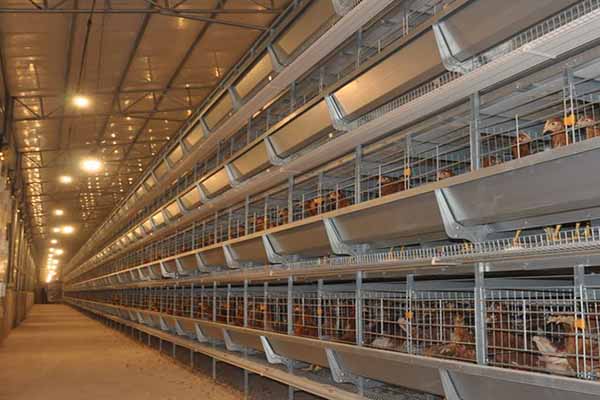
6. Data Analysis and Reporting
Collecting and analyzing data is key to making informed decisions. Automation can provide real-time data on various farm parameters, enabling farmers to make data-driven decisions.
Farm management software can compile and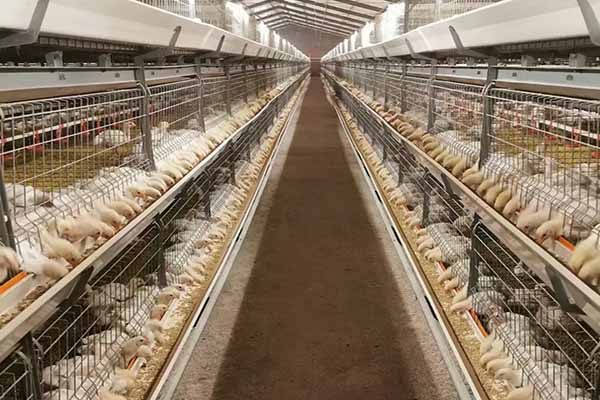 analyze data on feeding, water usage, environmental conditions, and health monitoring, providing valuable insights for farm management.
analyze data on feeding, water usage, environmental conditions, and health monitoring, providing valuable insights for farm management.
Implementation Steps
Implementing an automation management plan for a chicken farm in Uganda involves several steps:
1. Assessment: Evaluate the current state of the farm to identify areas where automation can be beneficial.
2. Planning: Develop a detailed plan that includes the selection of appropriate automation technologies and integration strategies.
3. Installation: Set up the automation systems, ensuring that they are properly integrated into the existing farm infrastructure.
4. Training: Train farm staff on how to operate and maintain the automation systems.
5. Monitoring: Regularly monitor the performance of the automation systems to ensure they are functioning as intended.
6. Optimization: Continuously optimize the automation systems based on performance data and feedback from the farm staff.
Conclusion
The automation management plan for Uganda chicken farms offers a practical approach to enhancing productivity and efficiency. By integrating advanced technologies and data-driven strategies, farmers can create a more sustainable and profitable operation. The key to success lies in careful planning, thorough implementation, and ongoing optimization.






